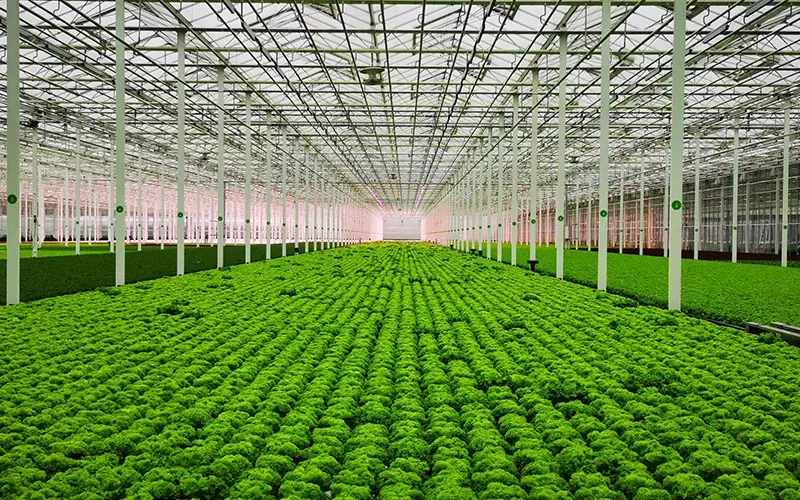Greenhouses: A Modern Solution for Sustainable Agriculture
2024-12-20
Greenhouses have emerged as a pivotal tool in addressing the challenges of modern agriculture. With growing concerns about climate change, resource scarcity, and food security, greenhouse farming offers a sustainable and efficient way to cultivate crops.
What is a Greenhouse?
A greenhouse is a structure designed to create a controlled environment for plants, protecting them from harsh weather conditions and pests. By manipulating temperature, humidity, and light, greenhouses allow farmers to grow crops year-round, irrespective of the external climate.

Benefits of Greenhouses
1. Extended Growing Seasons:
Greenhouses provide the ideal conditions for plants, enabling farmers to grow crops even during off-seasons.
2. Resource Efficiency:
Advanced greenhouse technologies, such as drip irrigation and hydroponics, ensure optimal use of water and nutrients, reducing wastage.
3. Higher Yields:
With better control over environmental factors, plants grow healthier and produce higher yields.
4. Pest and Disease Control:
Greenhouses act as a barrier, protecting crops from pests and diseases without the need for excessive pesticide use.
Technological Advancements in Greenhouses
Modern greenhouses are equipped with automated systems for climate control, irrigation, and fertilization. Solar panels, rainwater harvesting, and energy-efficient materials are increasingly integrated into greenhouse designs, making them even more eco-friendly.
A Step Towards Sustainable Farming
Greenhouses are not just structures; they represent a shift towards sustainable agriculture. By minimizing resource use and maximizing productivity, greenhouses play a vital role in feeding a growing global population while preserving the planet.


